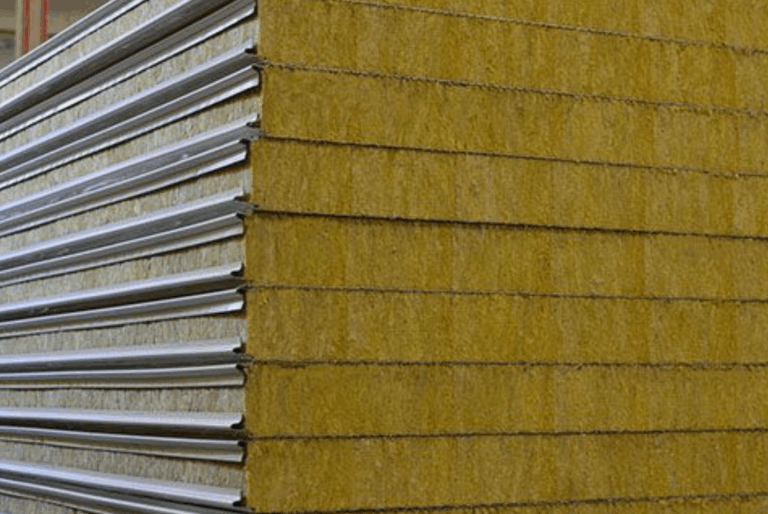Acoustic insulation plays a critical role in ensuring the comfort and functionality of buildings.
Whether you’re building a residential complex, office space or commercial building, adding sound insulation at the right time can improve both the sound quality and energy efficiency of the structure.
That’s why today in this new post from McMillan Insulated Panels we look at when is the best time to incorporate sound insulation into construction projects, or any other project for that matter.
Understanding acoustic insulation and its importance
To understand its importance, let’s take a look at how it works. Specifically, acoustic insulation helps reduce sound transmission, improving privacy and acoustic comfort in buildings. It is essential in environments where noise control is vital, such as homes, schools or hospitals.
Therefore, adding acoustic insulation for buildings ensures that noise does not propagate between rooms, providing a quieter environment for occupants.
Best stages to add acoustic insulation in construction
When is the best time to add acoustic insulation? The timing depends largely on the construction phase. Let’s break it down:
Pre-construction: planning for acoustic insulation
During the planning phase, it is crucial to determine where and how to add acoustical insulation.
This stage allows it to be integrated into the architectural design, ensuring optimal performance of the panels; specific products and other materials can be found on the McMillan Insulated Panels website.
During construction: adding acoustic insulation
In the middle of the construction phase, it is the easiest stage to add insulation in walls, floors and ceilings.
This is the most common time to install wall panels or acoustic insulation for buildings.
Post-construction: retrofitting acoustic insulation
After construction, retrofitting is possible, although it may be a bit more difficult. However, acoustic insulation retrofitting can be done by adding insulation to existing walls or ceilings without major alterations to the structure.
Why timing matters when adding acoustic insulation
The right time to add sound insulation can affect both cost and effectiveness. If added too late, the process can be more expensive and disruptive. Early planning allows for more efficient integration and better results.
Cost and efficiency considerations
Adding sound insulation at the right time can save money and time. Early installation minimizes disruption, while adding insulation at the right time maximizes its effectiveness in soundproofing.





